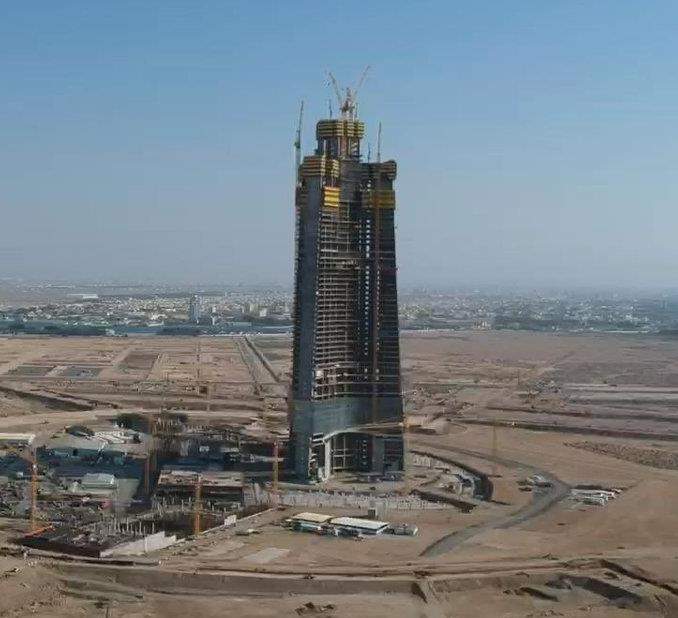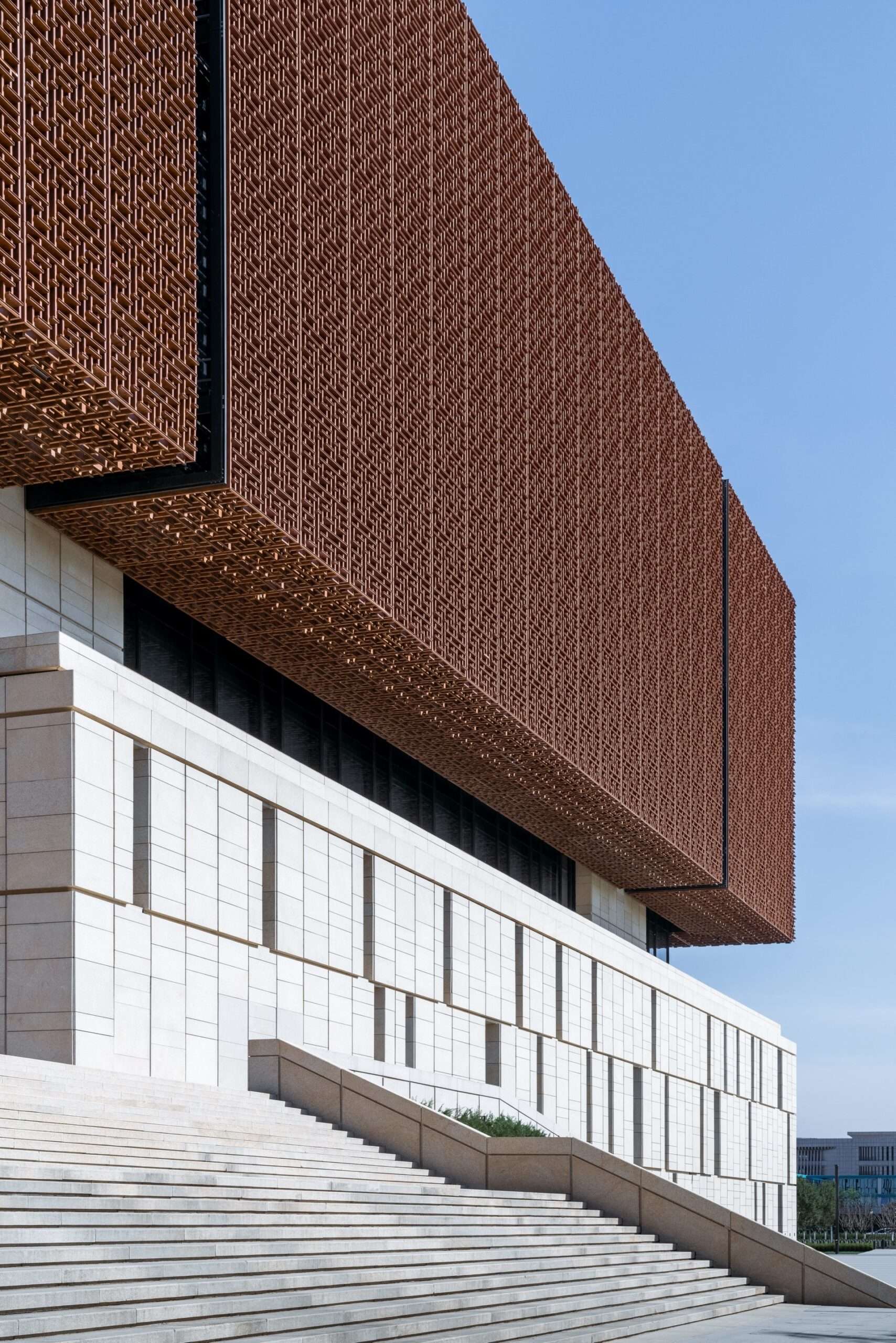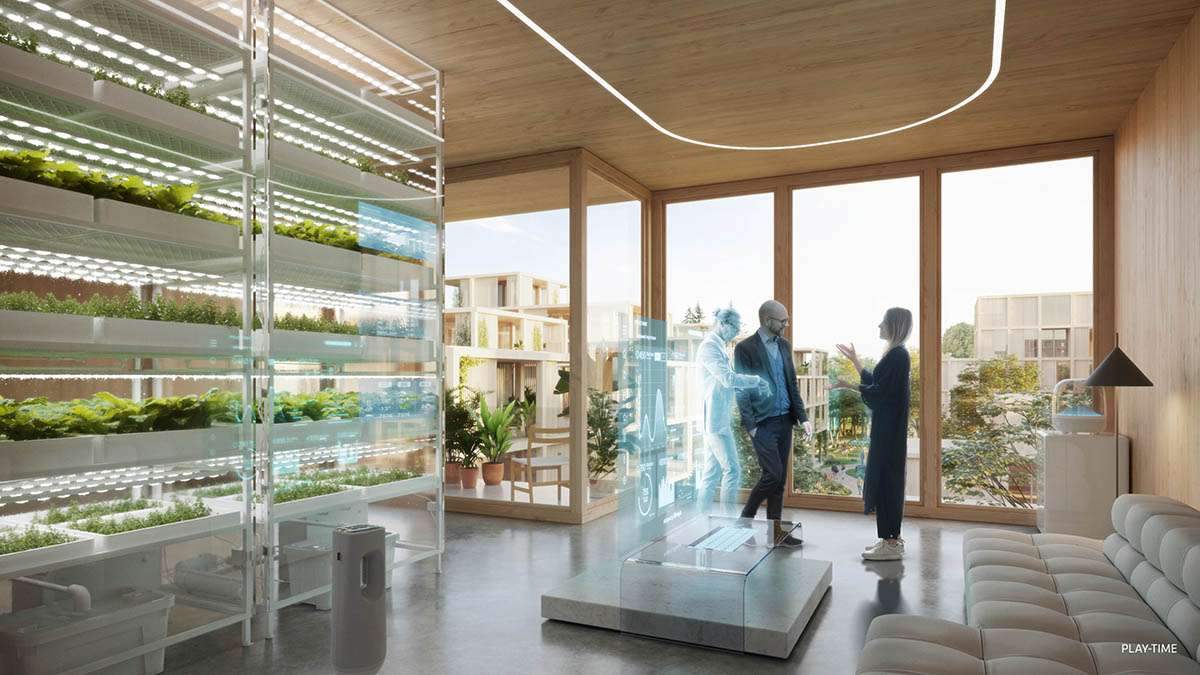The bathroom, as an integral part of modern architecture, reflects the development of civilizations and the change in health habits throughout the ages. The origins of modern bathing can be traced back to basic health developments that began thousands of years ago, a product of European expansion and developments.
The history of baths in ancient civilizations
Ancient hydraulic civilizations, such as Egypt and Mesopotamia, as well as China and the Indus Valley, saw the emergence of the first forms of baths. In ancient Egypt, control of the Nile River contributed to the creation of sophisticated water and sewage systems. A notable example is the ancient city of Babylon, which developed water and sewage systems around 3000 BC. In addition, public baths were a place for socializing in many ancient civilizations, especially in Roman culture.
Baths in different cultures
India
In the Indus Valley Civilization, each house in Harappa had a private bathroom connected to a covered sewer outside the house. After the collapse of this civilization, the widespread custom of open defecation emerged. From 500 AD to 1500 AD, people in India used protruding parts for defecation, and excrement was thrown on the ground and into rivers, reflecting changing hygiene habits with changing times.
Arab world
Although detailed information about baths in the ancient Arab world is not available, it can be assumed that personal hygiene and bathing practices were changing over time, with most people in ancient times relying on the outdoors.
Modern bathrooms and their development
From the Middle Ages to the modern era, baths gradually developed. In noble houses, custom rooms appeared
Bathrooms today are not only essential elements of architectural design but also reflect cultural and technological developments. With the development of sanitation and water systems, bathrooms became safer and more comfortable, reflecting advances in engineering and public health. However, there remains significant disparity in access to these facilities globally, highlighting the ongoing need to improve infrastructure and public health globally.
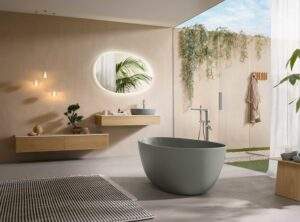
Since ancient times, bathrooms have been an essential part of everyday life, but their designs and environmental impacts have changed dramatically over time. Dry baths were the norm in ancient times, where urine and feces were collected together, causing problems such as unpleasant odors. In some German cities until the beginning of the twentieth century, there were separate baths without rinsing, in which urine was evaporated and salt extracted from it, a practice that became extinct after the discovery of nitrates.
With the advent of water baths, things changed dramatically. These bathrooms use large amounts of clean and treated water, which constitutes approximately 30% to 40% of household water consumption. Although recent developments have reduced the amount of water used per rinse, these systems still contribute to environmental pollution. Water contaminated with human waste carries a lot of bacteria and viruses, and contains high levels of nitrogen and phosphorus, in addition to chemicals from materials that are irresponsibly flushed. In sewage systems, this water is treated and nitrogen is released into the atmosphere as a greenhouse gas that contributes to climate change.
In comparison, dry showers offer an alternative, environmentally friendly solution, as they reduce water consumption, allow for nutrient recycling, and have a lower energy footprint. However, these types of baths have not gained widespread popularity in many modern societies, perhaps due to the convenience and cultural customs associated with water baths.
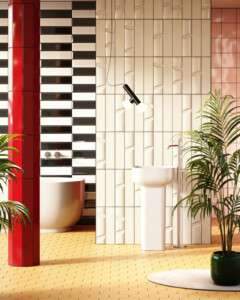
Architecture and interior design have a huge influence on the form and function of the modern bathroom. In the modern era, the bathroom is no longer just a place for personal hygiene, but rather a space that reflects elegance and comfort. Attention is paid to every detail of the bathroom design, from lighting and color selection to the arrangement of furniture and fixtures. Good design ensures efficient use of space and creates a comfortable and attractive environment. Increasing attention is also being given to environmental aspects, with the use of sustainable materials and water-saving technologies. Combined, these elements make the modern bathroom not only a functional space, but an integral part of a luxurious and environmentally conscious living experience.


![Bathroom Bundle Kit [Flat End] – Walnut / Walnut / Steel Ring & Screws](https://archup.net/wp-content/uploads/2021/12/13200-bathroom-bundle-kit-flat-end-walnut-walnut-steel-ring-screws-scaled.jpg)
